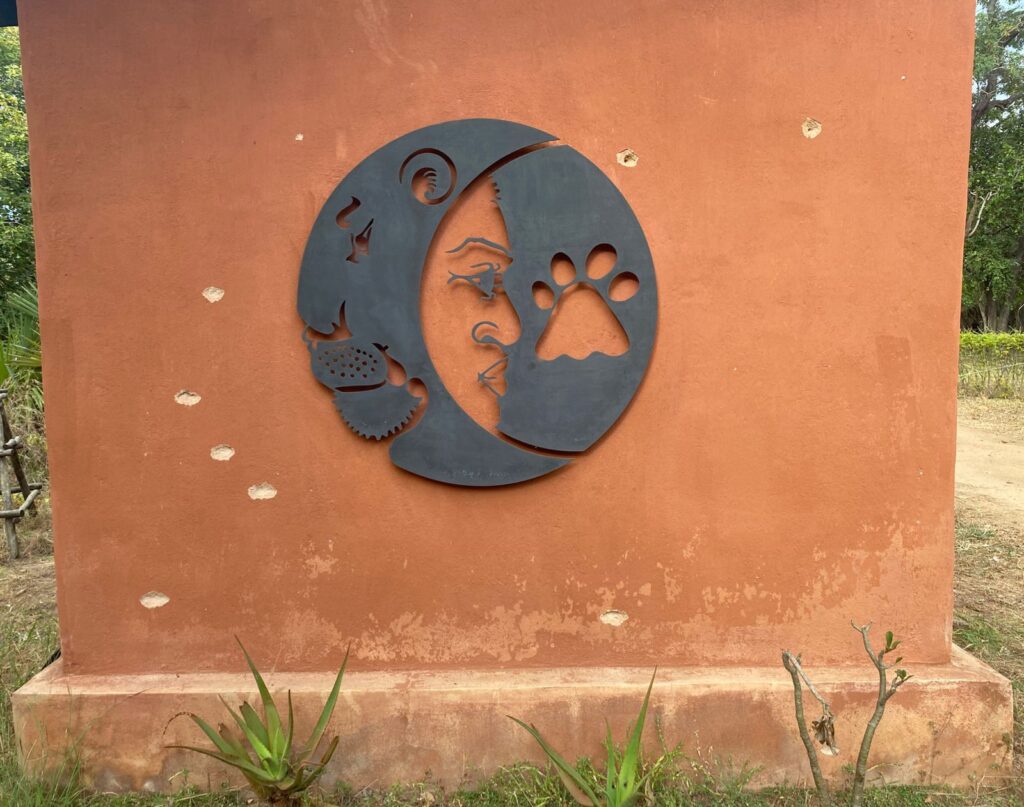At more than 42,000 square kilometers, Niassa Special Reserve is the largest protected area in Mozambique and holds the most wildlife of anywhere in the country. In an area bigger than Switzerland, elephants, buffalo, wild dogs and one of the world’s seven largest lion populations roam freely.
There are other dangerous predators. The Islamic State group in Mozambique (ISM), most active in neighboring Cabo Delgado province, has been known to retreat to the huge forested park.
A recent spate of attacks in which ISM fighters killed at least 10 people has shaken to the core those who live and work in the reserve. Colleen Begg, managing director of the Niassa Carnivore Project (NCP) whose headquarters in the reserve was attacked on April 29, said her staff and other locals are finding it difficult to return to normal daily life.
“The worst thing about these kind of attacks, which is kind of the point, is the fear factor,” she told British newspaper The Guardian. “The attacks are brutal: the two carpenters that were killed at the safari camp were beheaded. There is enormous fear from communities from the brutality of the attack.”
Nearly 2,100 people fled into the bush after an attack on Mbamba, a village in the reserve where women reportedly witnessed beheadings. According to the NCP, two of its anti-poaching rangers remain missing.
Peter Bofin, a senior analyst with the Armed Conflict Location and Event Data project, said it’s still unclear what prompted the attacks, as ISM had not been active in Niassa since 2021.
“It’s been shown that there has been recruitment in Niassa province in the past on a small scale, and also it’s a route into Tanzania,” he told conservation website Mongabay. “There are strong connections between the insurgency and support networks in Tanzania, some of which run through Niassa.
“Some local sources have speculated that they may have been looking to move into Niassa to bring recruits from other countries in the region back into their strongholds.”
Pejulo Calenga, director of Mozambique’s National Administration of Conservation Areas, said Niassa Reserve presents a challenging environment. Speaking to the media on May 26, he said the situation “opens space for us to think about the future of the area after this period of tension.”
Amid calls for his military to adapt to meet ISM’s ever-shifting tactics, Mozambican President Daniel Chapo visited the province and spoke during the closing ceremony of a special operations course on May 23.
“Our brothers [in the military] are on the ground repelling the terrorists in that region, and at this moment as we speak they have disappeared from the Niassa Reserve, with our forces still in pursuit,” he said.
Leonel Muchina, spokesperson for the general command of the Police of the Republic of Mozambique, announced the deployment of a permanent security force to the reserve “to guarantee security and stability.”
Since the attacks, half of the sprawling Niassa Reserve is closed as the Mozambican military patrols the park. Along the Lugenda River, nine tourism camps and 22 conservation scouting posts have been abandoned, according to National Geographic magazine.
Begg said the economic viability of the reserve is in danger, as visitors and locals have sought safer options and tourism operators are struggling with damage control. She struck a defiant tone, vowing to rebuild despite the ongoing threat that ISM poses.
“It seems like the insurgents have withdrawn from the Niassa Province portion of Niassa Reserve, but it is not known whether they are still in the eastern sections of Niassa Reserve across the Lugenda River in Cabo Delgado, or whether they intend to return,” Begg told Mongabay.
“We aren’t going anywhere and remain as committed as ever to Niassa’s wildlife and her people. This is a new reality.”

